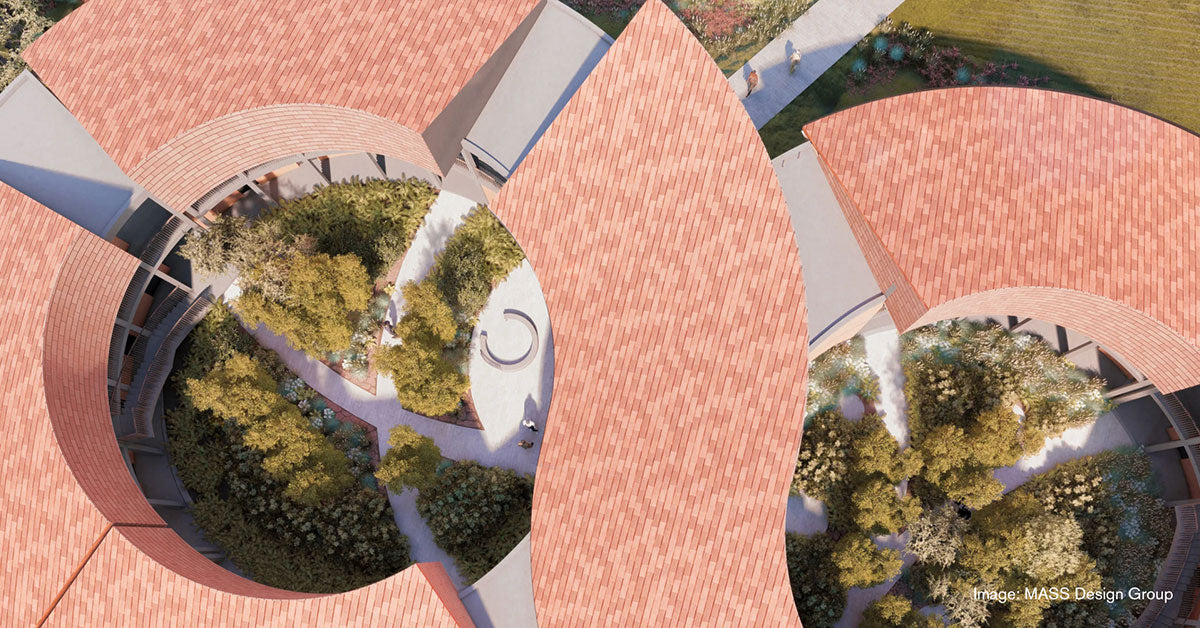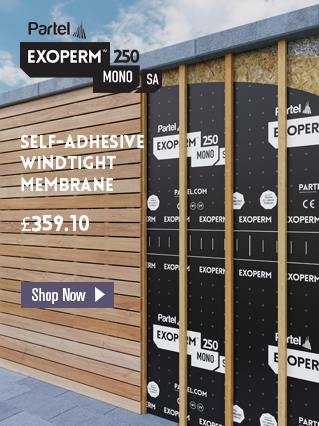WHY IT MATTERS THE WAY WE BUILD?
The way we build now and, in the future, will quickly change from best practices to essential ones for construction professionals. There’s a clear need for this.
The building sector accounts directly and indirectly for around 38% of global energy-related CO2 emissions (UNEP 2020).
Of those total emissions, building operations are responsible for 28% annually, while building materials and construction (typically referred to as embodied carbon) are responsible for an additional 11% annually.
Irish Green Building Council describes embodied carbon as the emissions associated with all the activities of procuring, mining, harvesting raw materials, transforming these materials into construction products, transporting them to site and incorporating them into a building, and subsequently maintaining, replacing and removing and disposing at the end of their life.

As the world is becoming increasingly urbanized, global material use is expected to more than double by 2060, with a third of this rise attributable to materials used in the building and construction sector (OECD 2019).
Meeting the Paris Agreement goal to limit global warming to 1.5°C target, above pre-industrial levels, requires global decarbonization of the building and construction sector.
THE IMPACT OF BUILT ENVIRONMENT – LOCAL AND NATIONAL CONTEXT
If we look at the Irish built environment, it is estimated to account for > 30% of the overall GHG emissions in a standard year. This includes emissions resulting from the energy required for the operation (~20% of overall emissions) and the construction of the built environment (~10% of overall emissions) according to the IGBC report. The residential sector is the largest emission-impacting sector both in construction and in operation.
UKGBC illustrates that the UK built environment is directly responsible for 25% of the total greenhouse gas emissions. Residential buildings have the highest impact when it comes to both embodied and operational emissions, and total energy used.
Going further, in the United States, direct GHG emissions from the building sector accounted for 14.9% of total U.S. greenhouse gas emissions in 2021.
Newly constructed buildings are more energy efficient, so a major priority for architects, designers, builders, and governments is decarbonising the existing stock.
Sustainable building techniques, materials and retrofits can allow new and existing buildings to use less energy to achieve the same durable performance, leading to fewer greenhouse gas emissions.
ADOPTING CIRCULARITY & LCA IN CONSTRUCTION
This transition to an efficient and resilient building sector with zero-carbon emissions across the life cycle of the built environment requires a sector-wide transformation that applies the principles of a circular design and economy.
Creating a circular economy requires systems thinking; for products, this means considering a product’s end of life in the design stage to ensure it is designed for recyclability, reuse, or another second-life application. Through the development of circular economy standards, private and public sectors can help to set consistent metrics for improvement based on the principle “what gets measured gets improved.” Adopting the following principles is essential in enabling this:
- Reuse, including renovating existing buildings, using recycled materials, and designing for deconstruction
- Reduce, including material optimisation and the specification of low to zero carbon materials
- Sequester, including the design of carbon sequestering sites and the use of carbon sequestering materials
Integrating Life Cycle assessment for construction projects, professionals can optimise whole life carbon, cost, and circularity of design, using LCA automation.

According to research by One Click LCA, structural elements are responsible for around 70% of a building’s embodied carbon footprint. Cutting the embodied carbon in structures is critical in the ‘race to zero’, as outlined in the COP26 UN Climate Change Conference goals.
The mix of technologies and materials needed to achieve decarbonisation are mature and widely available, it is their widespread integration that is proving elusive.
SMART SELECTION OF LOW-CARBON BUILDING MATERIALS
A combination of targeted investments in R&D, locally tailored policies, and consumer awareness can drive the uptake of nature-based solutions in buildings and construction, increasing their sustainability, circularity, and liveability.
Technical excellence and a low-carbon future were always at the core of Partel’s product development. The environmental performance and functionality of our airtight and thermal breaks systems are guaranteed by responsible quality control of the products and raw materials used in the production processes.
Designing products in a responsible way, extending their useful lives, and changing the role of such products within the system will be crucial to the achievement of a circular economy for all manufacturers.
ALMA VERT is our proven green solution, a PET-based structural panel made of 95% recycled material, so it can be easily recycled again at the end of its life cycle. A sustainable alternative to conventional construction materials to meet the highest technical and ecological standards for reducing thermal bridges in both new build and retrofit projects. Being a modular product, this ecological solution offers design flexibility for any type of low-energy project, while reducing heat loss, and improving thermal comfort.

Moreover, the carbon transparency in low-energy projects can be facilitated by Environmental Product Declarations (EPDs). Here is where we provide evidence-based solutions for the delivery of quantifiably sustainable buildings – in terms of operational energy performance and whole life carbon emissions.
EXOPERM MONO 150, EXOPERM MONO SA 250 and ECHOFOIL EXO breathable membranes, along with VARA PLUS and IZOPERM PLUS vapour control layers are five of our most demanded air and windtight materials that can effectively contribute to the environmental performance of new and existing stock of buildings.

BUILDING STANDARDS & TOOLS AVAILABLE
An increasing number of countries are seeing whole-life carbon assessments in their planning and building regulations.
Life-cycle carbon limits for new buildings will soon be mandatory in several countries, including France, under the new RE 2020 law, Sweden, when the Klimatdeklaration comes into force, Finland as part of its low-carbon construction roadmap, and the UK under the new London Plan. Also, an ambitious climate change goal to achieve net-zero emissions by 2050, the CLEAN Future Act was introduced to the United States’ Congress in March 2021.
IGBC’s insights state there is no definitive regulation in Ireland on this, but there are a number of positive indicators that this is likely to happen in the next years.
Accreditation for LEED, BREEAM, DGNB, the Living Building Challenge or many others will prioritise products with EPDs.
There are a number of tools that can be used to calculate embodied carbon such as One Click LCA, and PHribbon.
LCA is a cloud-based tool that provides industry-wide data for the most of the high impact products used in construction and contains all the data from IGBC’s EPD Ireland programme. It helps you perform Life Cycle Assessment, Life Cycle Costing, design low-carbon and more circular projects, and achieve green building certifications.

PHribbon is designed to specifically work with the PHPP software. What is unique about PHribbon tool is that it has been designed to work specifically with the Passivhaus Planning Package (PHPP). This is a benefit because around 80% of the information needed is already in PHPP. The additional information needed will be the things that aren't covered by PHPP, such as internal walls, floors and roof coverings. The RICS calculation also uses information from Environmental Product Declarations (EPDs).
Conclusion
Together, developers and construction professionals have the opportunity to shape demand and accelerate transformation at the early stage of building projects.
Consistent requirements for all projects to follow, targets and transparency requirements for projects to meet, prioritising circularity - that is, less new building and more reuse and refurbishment, design optimization to materials with a low-carbon footprint, and a low-carbon procurement are essential measures for meeting decarbonisation.
In Partel, the specialised technical support in choosing the right building envelope system is part of the genuine consultancy we provide for every specific project. We are committed to continuing to offer low-carbon solutions in facilitating delivery of net-zero projects.










